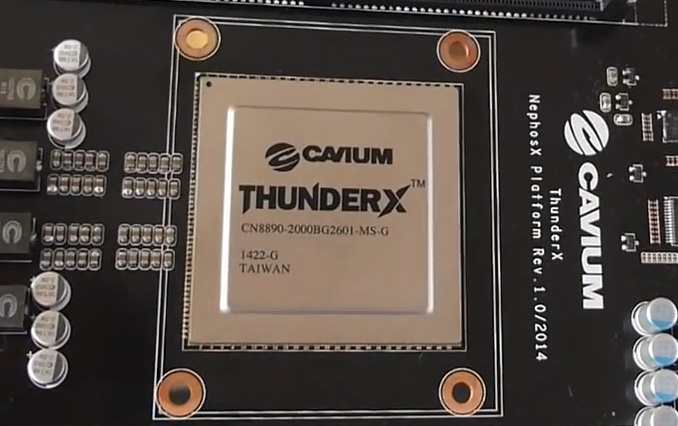Well the word in the wilds is that AMD Is ditching all current and future ARM core plans in favor of Zen. Now that would be a plane black cow and by the all means wrong one.
But the right cow is not a wite one nor is that simple. AMD certainly have more expertise in servere design from any one other (excluding the Intel of course) so they should stop chasing the windmills & focus on proven fact that ARM IP's are simply better to start from if they do want to gain on Intel (that by the way is even more stubborn concerning this). Second part is the future of computing (& server workloads there for) doesn't belong to the many general purpose cores, they will be there alright but in more modest count number & only for general purpose intermediate tasks and to alow system to boot up independently. The future belongs to most tasks and intermediate number of tasks as general purpose as possible accelerators in the first place FPGA's. So AMD should be actually also working on merge with some FPGA manufacturer. Intel did well purchasing Altera but naturally AMD can't do something like that & no one actually can purchase AMD without AMD losing its X86 license. What can be done is joint venture. Even Intel is smart enough not to try to push his Atom's on upcoming Altera FPGA products (& that should be telling you something about wite cow). So you see real Zen is somewhere else with opposite Ying to one AMD choose & completely different Yong.
But the right cow is not a wite one nor is that simple. AMD certainly have more expertise in servere design from any one other (excluding the Intel of course) so they should stop chasing the windmills & focus on proven fact that ARM IP's are simply better to start from if they do want to gain on Intel (that by the way is even more stubborn concerning this). Second part is the future of computing (& server workloads there for) doesn't belong to the many general purpose cores, they will be there alright but in more modest count number & only for general purpose intermediate tasks and to alow system to boot up independently. The future belongs to most tasks and intermediate number of tasks as general purpose as possible accelerators in the first place FPGA's. So AMD should be actually also working on merge with some FPGA manufacturer. Intel did well purchasing Altera but naturally AMD can't do something like that & no one actually can purchase AMD without AMD losing its X86 license. What can be done is joint venture. Even Intel is smart enough not to try to push his Atom's on upcoming Altera FPGA products (& that should be telling you something about wite cow). So you see real Zen is somewhere else with opposite Ying to one AMD choose & completely different Yong.


Comment